How Much Does A Modular Kitchen Cost
Modular kitchens have become increasingly popular in recent years, as they offer a range of benefits over traditional kitchen designs. However, one of the most common questions people have when considering a modular kitchen is, “How much does it cost?”
The cost of a modular kitchen can vary greatly depending on a variety of factors, including the size of the kitchen, the materials used, the complexity of the design, and the location of the installation. In general, modular kitchens can range in cost from a few thousand dollars to tens of thousands of dollars.
One of the main factors that affect the cost of a modular kitchen is the materials used. High-end materials, such as natural stone or solid wood, can significantly increase the cost of the kitchen, while more affordable materials, such as laminate or medium-density fiberboard (MDF), can help keep costs down.
Another factor that can impact the cost of a modular kitchen is the complexity of the design. Custom designs with unique features or intricate details will typically cost more than simpler designs with standard features. Similarly, larger kitchens will cost more than smaller kitchens, as they require more materials and labor.
Installation costs can also vary depending on the location of the installation. In general, installation costs will be higher in cities or areas with a higher cost of living, as labor costs tend to be higher in these areas.
While the cost of a modular kitchen can be significant, it’s important to consider the long-term benefits and value that it can provide. Modular kitchens are durable, easy to maintain, and can increase the value of your home, making them a worthwhile investment in the long run.
Kitchen Shape and Size
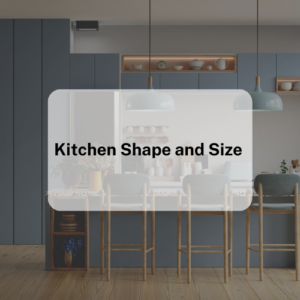
The shape and size of your kitchen are two important factors to consider when designing your dream kitchen. The shape of your kitchen will impact the overall flow and functionality of the space, while the size will determine how much storage and counter space you have available.
There are several common kitchen shapes, including U-shaped, L-shaped, galley, and open concept. Each shape offers unique advantages and disadvantages, depending on your specific needs and preferences.
U-shaped kitchens are popular for their ample storage and counter space, as well as their ability to accommodate multiple cooks at once. L-shaped kitchens are a good option for smaller spaces, as they can maximize the use of corner space and provide a more open feel. Galley kitchens are typically narrow and linear, making them ideal for small spaces and providing efficient use of the available space. Open-concept kitchens are a newer trend, featuring a larger, open space that combines the kitchen with the living or dining areas.
The size of your kitchen will also impact the overall design and functionality of the space. Larger kitchens can accommodate more appliances, storage, and counter space, while smaller kitchens may require more efficient use of space and creative storage solutions.
When designing your kitchen, it’s important to consider the shape and size of the space, as well as your specific needs and preferences. A well-designed kitchen will not only look beautiful, but it will also be functional and efficient, making it a joy to cook and entertain in.
Cabinet & Shutter Materials
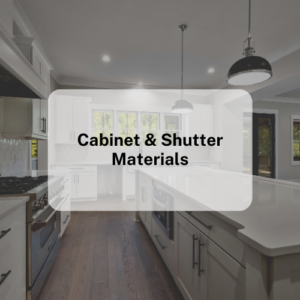
The materials used for cabinets and shutters can greatly impact the overall look and durability of your kitchen. There are several common materials used in modular kitchens, each with its own advantages and disadvantages.
Solid wood is a popular choice for cabinet and shutter materials, as it is durable and adds a classic, timeless look to the kitchen. However, solid wood can be more expensive than other materials, and it can also be prone to warping or cracking over time.
Laminate is another popular choice for cabinet and shutter materials, as it is affordable, durable, and comes in a wide range of colors and patterns. However, laminate can be prone to chipping or peeling, particularly around the edges.
Medium-density fiberboard (MDF) is a more affordable alternative to solid wood, and it is also more durable than particleboard. MDF is also resistant to warping and cracking, making it a good choice for humid environments like the kitchen.
Stainless steel is a popular choice for modern and contemporary kitchens, as it is durable, easy to clean, and has a sleek, industrial look. However, stainless steel can be prone to scratches and dents, and it can also be noisy when opening and closing cabinet doors.
Glass is another material that can be used for cabinet and shutter materials, particularly for upper cabinets or display cabinets. Glass can add a touch of elegance and sophistication to the kitchen, but it can also be fragile and require frequent cleaning to avoid smudges and fingerprints.
When choosing the materials for your modular kitchen, it’s important to consider your budget, the overall style of your kitchen, and the level of durability and maintenance required. By selecting high-quality materials and working with an experienced kitchen designer, you can create a beautiful and functional kitchen that meets your specific needs and preferences.
Hardware & Kitchen Accessories
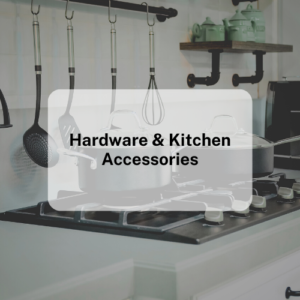
Hardware and kitchen accessories are the finishing touches that can add both style and functionality to your modular kitchen. These small details can greatly enhance the overall look and efficiency of your kitchen space.
Some common hardware options for modular kitchens include handles, knobs, and pulls for cabinet doors and drawers. These can come in a variety of materials, such as metal, wood, or plastic, and can be chosen to complement the overall style and color scheme of your kitchen.
Another important hardware element in the kitchen is the hinges and drawer slides. These are crucial for the smooth and easy opening and closing of cabinets and drawers. Soft-close hinges and drawer slides are popular options, as they prevent slamming and reduce noise in the kitchen.
Kitchen accessories can also greatly enhance the functionality of your kitchen space. For example, pull-out pantry units or corner units can maximize storage space and provide easy access to all your kitchen essentials. Lazy Susans, spice racks, and cutlery organizers can also keep your kitchen organized and clutter-free.
Other popular kitchen accessories include sink accessories, such as soap dispensers, cutting boards, and drying racks, as well as lighting fixtures, such as under-cabinet lighting or pendant lights over the island.
Kitchen Appliances
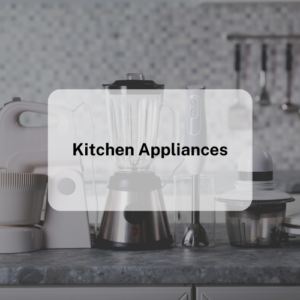
Kitchen appliances are an essential part of any modular kitchen design. They not only make cooking and cleaning easier, but they can also add style and sophistication to the overall look of your kitchen. When selecting kitchen appliances, it’s important to consider your cooking habits and lifestyle, as well as your budget and kitchen design.
The most common kitchen appliances include refrigerators, ovens, cooktops, microwaves, dishwashers, and range hoods. Refrigerators come in a variety of sizes and styles, from traditional top-freezer models to modern French door designs with built-in water and ice dispensers. Ovens and cooktops can be electric, gas, or dual fuel, and can be freestanding or built-in for a seamless look.
When selecting kitchen appliances, it’s important to consider both style and functionality. Look for high-quality, energy-efficient models that fit within your budget and match the overall design of your kitchen. Working with a professional kitchen designer can help you choose the best appliances to meet your specific needs and preferences, while also creating a beautiful and functional kitchen space.
Kitchen Flooring
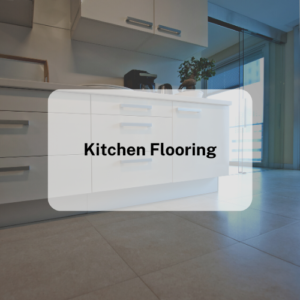
Kitchen flooring is an important element of any modular kitchen design. Not only does it need to be durable and practical, but it can also add style and character to your kitchen space. When selecting kitchen flooring, it’s important to consider your lifestyle, budget, and overall kitchen design.
There are several popular options for kitchen flooring, including ceramic and porcelain tiles, natural stone, hardwood, laminate, and vinyl. Each type of flooring has its own unique advantages and disadvantages, so it’s important to choose the one that best meets your needs and preferences.
When selecting kitchen flooring, it’s important to consider factors such as durability, slip resistance, and ease of cleaning. Working with a professional kitchen designer can help you choose the best flooring option to meet your specific needs and preferences, while also creating a beautiful and functional kitchen space.
Counter Top
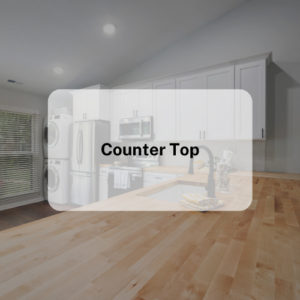
The countertop is an essential element of any modular kitchen design. Not only does it need to be functional and durable, but it can also add style and character to your kitchen space. When selecting a countertop, it’s important to consider your lifestyle, budget, and overall kitchen design.
There are several popular options for kitchen countertops, including natural stone, quartz, solid surface, laminate, and wood. Each type of material has its own unique advantages and disadvantages, so it’s important to choose the one that best meets your needs and preferences.
When selecting a countertop, it’s important to consider factors such as durability, stain resistance, and ease of maintenance. Working with a professional kitchen designer can help you choose the best countertop material to meet your specific needs and preferences, while also creating a beautiful and functional kitchen space.